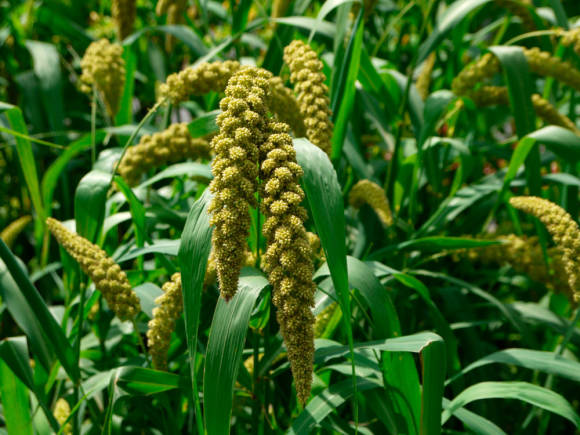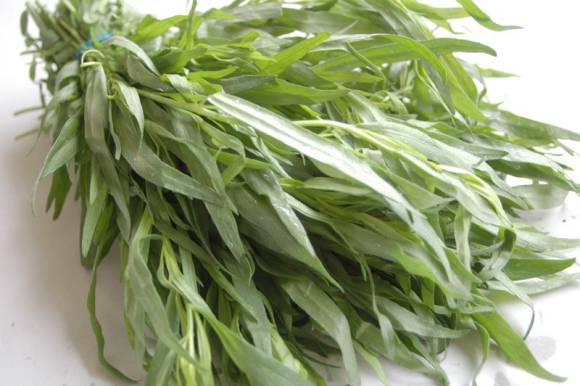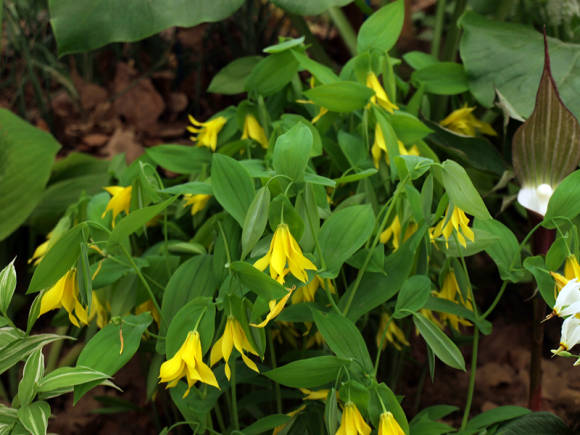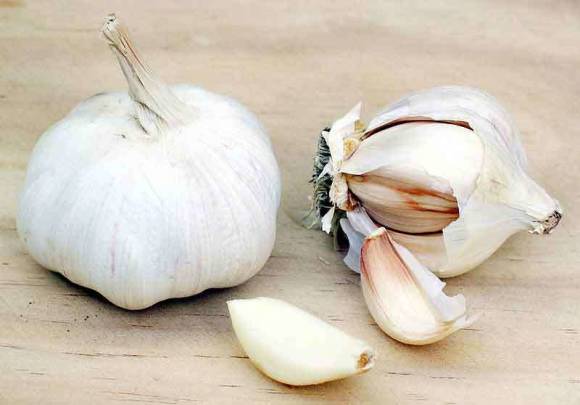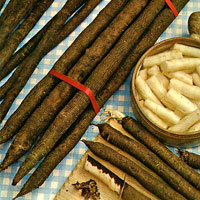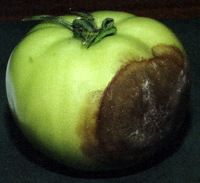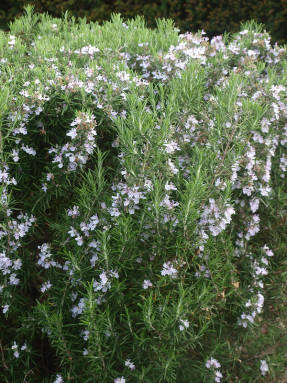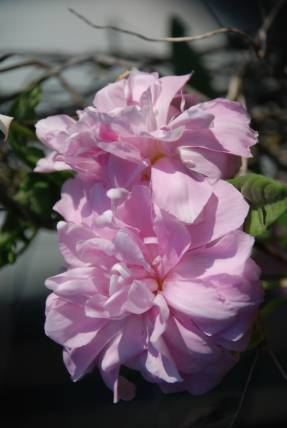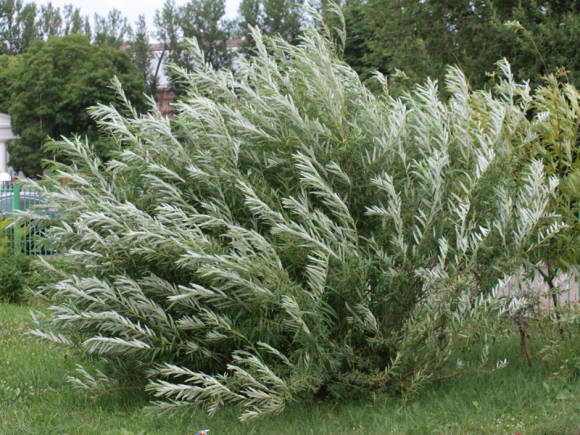In indoor conditions, syngonium is a completely unpretentious plant that does not require a lot of effort and attention, and if simple rules of care are followed, it will not bring disappointment.
About the diversity of syngoniums - on p. Syngonium.

Lighting... Syngonium prefers bright, diffused light throughout the year. It can put up with shading, but some varieties lose their brightness at the same time. Never expose it to direct sunlight.
Temperature... Normal room temperature is ideal for syngonium, do not expose it to temperatures below + 13 ° C. If the room temperature is above + 18 ° C, it is necessary to increase the humidity of the air, often spray the plants or place the pots on trays with damp pebbles.
Watering... Actively growing plants are watered sparingly, allowing the topsoil to dry out between waterings. In winter, syngoniums usually have a short winter rest period, during which they must receive just as much water as is necessary so that the soil does not dry out completely.
Read more about watering in the article Watering rules for indoor plants.
Top dressing... Feed syngoniums from spring to autumn every two weeks with a universal fertilizer in half concentration, in winter, if there is additional light, feed once a month.
Read more in the article Top dressing of indoor plants.
Soil and transplants... Use soils for aroid plants (based on high-moor peat) with the addition of a fine fraction of bark or soil for orchids, leaf humus. A soil designed for anthuriums or philodendrons is well suited.
Repot the syngonium every spring, if the roots are tightly braided with a clod of earth, in a pot one size larger. These plants do not need large containers. A pot of 13 or 15 cm in diameter or and a hanging basket with a diameter of 15-20 cm are the maximum allowed. In the future, it is only necessary to replace the top layer of soil with a fresh one annually and feed it.
Read more in the article Transplanting indoor plants.

Reproduction
Syngoniums are propagated in late spring or early summer. They take apical cuttings 8-10 cm long.Make a cut just below the node, remove the bottom sheet, and, after treating the cut with a root formation stimulator (Kornevin, Heteroauxin), plant one or several pieces in a slightly moist soil consisting of equal parts of peat and coarse sand or perlite in small (8-10 cm) pots or disposable cups. A plastic bag is put on top or placed in a greenhouse in diffused light or under artificial lighting. After rooting (usually four to six weeks), gradually begin to accustom to open air. A month after rooting, young syngoniums are transplanted into a mixture for adult plants. After another month, they begin to feed them monthly with half doses of standard liquid fertilizers.
Read more in the article Cutting indoor plants at home.
Usage
Syngonium can be kept as a separate growing plant in a small container. It is often used in hanging baskets and sometimes as a cascading or groundcover plant. Some varieties look great on supports. Small specimens - in mini-gardens in bowls in combination with other types of plants. Syngoniums will also look good in various compositions with larger plants such as dieffenbachia, monstera and philodendrons, which require similar care.

